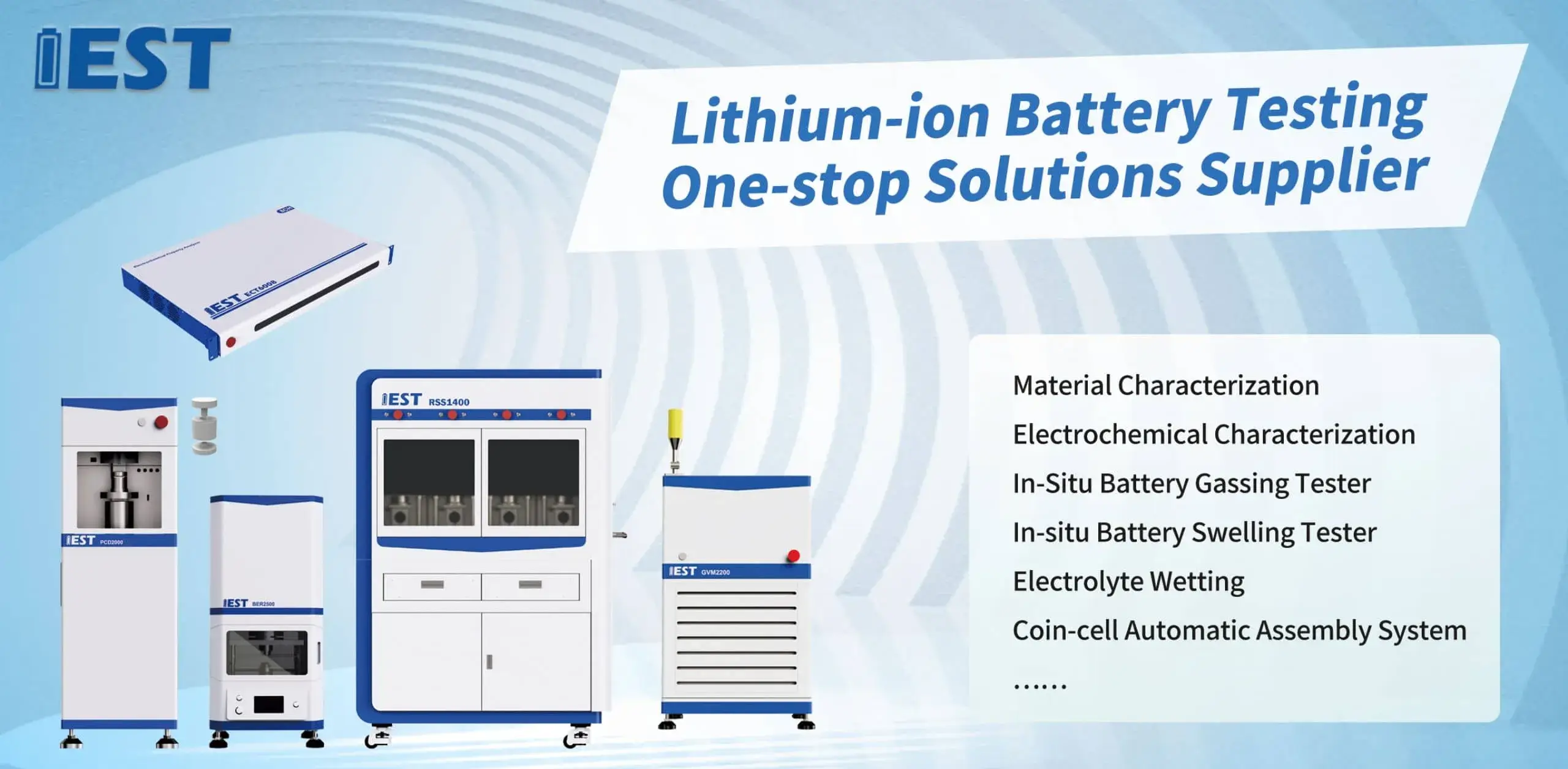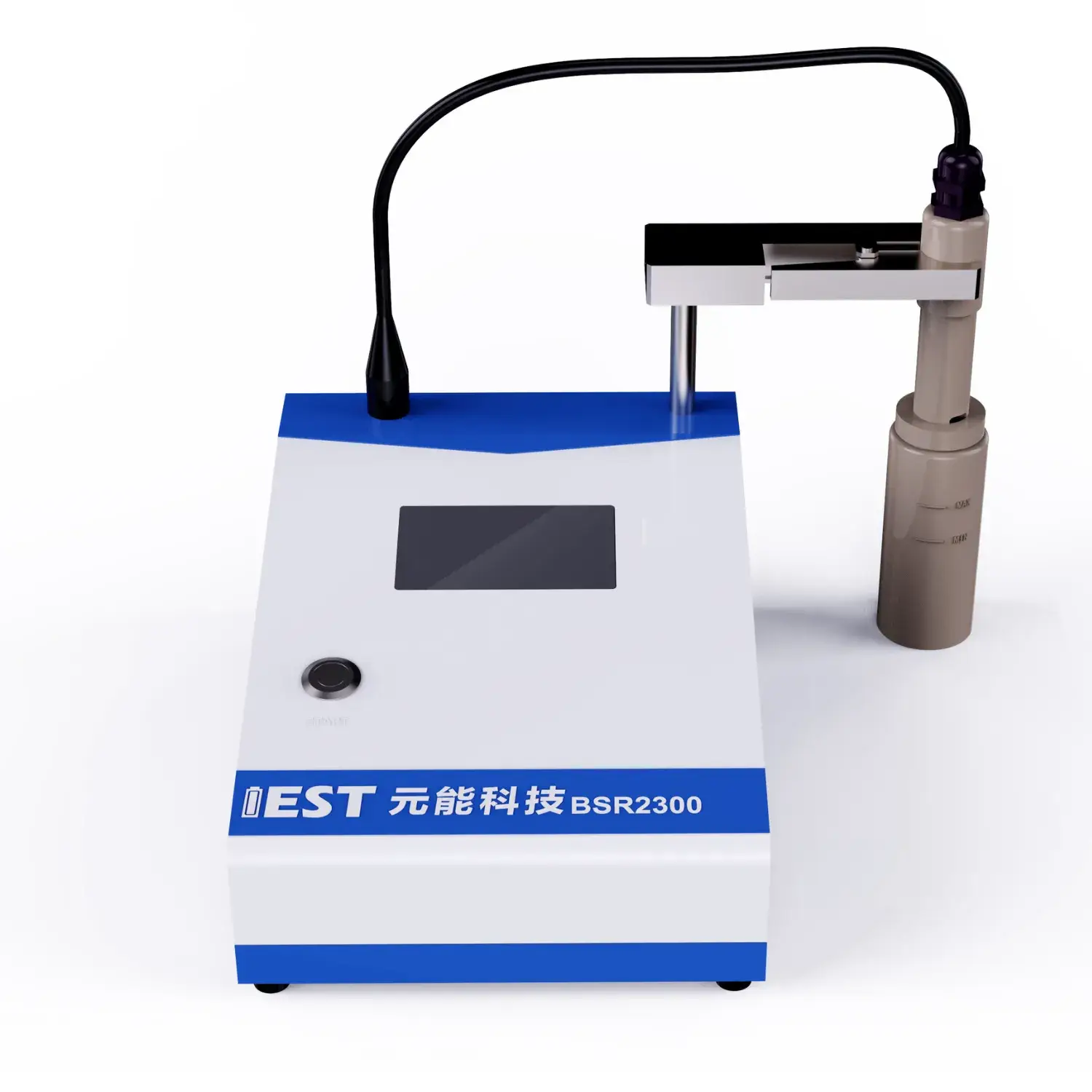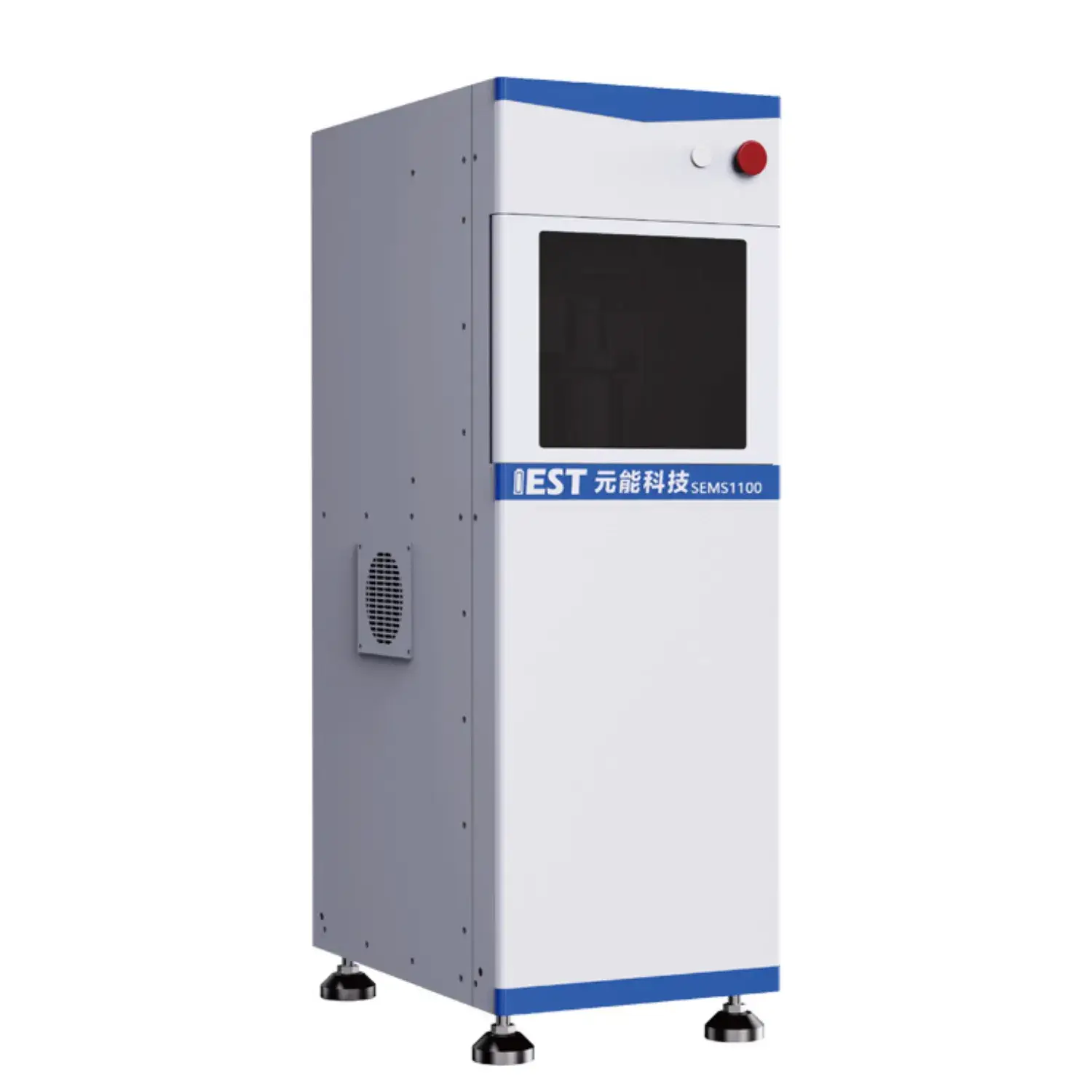
Electrochemical impedance analysis clarifies battery dynamics of Li-ion cells, especially under varying thermal conditions. With analyzing the impedance response of the battery across frequencies, valuable insights can be revealed regarding the internal resistance, charge transfer kinetics, and overall stability of the lithium-ion battery system. More precisely, EIS testing can help to quantify the impact linked to temperature fluctuations on key characteristics such as electrode polarization resistance, ionic conductivity, and double layer capacitance.
- Also, EIS data can be used to identify potential failure mechanisms attributable to thermal stress, enabling the development of strategies for optimizing battery layout and improving their overall useful life.
- The information is crucial for ensuring the safe and reliable operation for lithium-ion batteries in a wide range including applications, covering transportation, consumer and stationary storage.
Accelerated Aging Analysis of Lithium Batteries: A Comprehensive Analysis
Lithium battery packs drive diverse applications, demanding rigorous testing to ensure their reliability and longevity. ADT serves as an essential method for simulating the impact of prolonged use and diverse real-world conditions on battery performance. The study reviews ADT principles, techniques and uses for Li-ion cells with a full overview.
ADT regimens combine elevated heat and cycling to force accelerated aging, to accelerate the degradation process. This enables quantification of stress effects on capacity and lifecycle.
Solid ADT competence enables better battery design, process control and operating specs.
EIS Methods for Battery Characterization
EIS diagnostics interrogate interfacial processes and resistive pathways within lithium cells. Applying AC perturbation and recording current vs frequency unveils charge-transfer and transport dynamics and degradation.
Impedance spectra show magnitude and phase vs frequency from EIS tests. Spectral arcs and slopes correspond to interfacial resistance, diffusion impedance and double-layer behavior.
Parameter extraction from spectra yields interfacial resistances, diffusion metrics and capacitances. Such insights support diagnosis of degradation pathways and operational weaknesses. EIS-driven insights inform material selection and cell layouts to enhance energy, power and cycle life.
Powder Resistivity Systems: Theory and Practice
These systems perform critical resistivity testing in the characterization of powdered materials. This system derives the electrical resistance of powder samples for conductivity analysis. Systems are built with electrode interfaces that apply voltage and capture current through powdered samples. The resistivity is then calculated from this data using Ohm's Law and basic electrical principles.
Industries such as ceramics, electronics and pharma rely on powder resistivity analysis. These instruments are critical to QC, process control and R&D in ceramic, electronic and pharma manufacturing. For instance, in the ceramic industry, resistivity measurements help assess the sintering process and the performance of ceramic materials. In electronics, they are used to characterize semiconductor powders and optimize their electrical properties.

In-Line Resistivity Monitoring for Powder Processes
Real-time resistivity measurement empowers manufacturers to steer powder properties during processing. Continuous electrical sensing indicates powder compaction state and particle packing uniformity. Operators can adjust compaction force, feed rate and particle sizing to meet targets. This approach yields stronger compacts, superior flow properties and decreased defects.
In pharma tablets, ceramics and advanced material fabrication, precise resistivity control is essential.
Novel Powder Resistivity Tools for Scientific Research
Next-gen powder resistivity tools support deep materials research and battery innovation. Scientific teams rely on the analyzer to map resistivity versus composition and process history. Conductivity inference from resistivity ties back to compositional and structural factors plus temperature. Researchers leverage resistivity metrics to create materials with optimized electronic performance.
- Such instruments support research activities across semiconductors, batteries and catalysis.
- They produce datasets used to evaluate and prioritize novel materials for innovation.
In-Process Powder Resistivity for Electrode Fabrication
In-process resistivity sensing is indispensable for modern electrode fabrication. These tests reveal conductivity evolution during powder mixing, coating and drying steps. Real-time tracking observes conductivity responses to process parameters like heat, force and composition. Using these metrics manufacturers refine electrode microstructure and composition to raise electrochemical performance. Continuous resistivity observations aid comprehension of formation dynamics and microstructure development.

Precision Powder Resistivity for Conductivity Assessment
Quantifying conductivity of powders is a key materials characterization goal. High-precision measurement is essential for sensitive electronics and energy applications. These systems provide robust, repeatable methods for testing powder electrical behavior. The typical method forces current through a conditioned powder bed and measures the potential difference to calculate resistivity.
- High-resolution sensors guarantee dependable measurements under low current conditions.
- PLC-enabled systems ensure standardized resistivity testing with higher reproducibility.
- Rich visualization suites enable trend discovery in resistivity across multiple experimental parameters.
From Laboratory to Production: Implementing Automated Powder Resistivity Analysis
Adapting research-grade resistivity tests to high-volume production entails major considerations. Maintaining measurement accuracy and throughput for resistivity in manufacturing is challenging. Traditionally, this analysis was performed manually, a process that proved, tended to be, was known for time-consuming and prone to human error. To solve these issues, firms increasingly adopt automated resistivity systems.
Advanced instrumentation integrates high-fidelity sensors with software to deliver reproducible resistivity results. Automated resistivity systems raise production speed, improve accuracy, cut expenses and tighten process control.
Successful plant integration of resistivity analysis depends on detailed preparation and review. Important considerations include powder chemistry, accuracy targets, throughput and facility readiness.
- Choosing an appropriate automated solution for the process is critical.
- Integration should be designed to minimize disruption.
- Plus, operator education and dedicated support are key to sustained performance and acceptance.

EIS for Uncovering Li-ion Degradation Pathways
Electrochemical impedance spectroscopy analysis, testing, characterization, or EIS is a powerful technique for investigating, analyzing, probing the internal workings of lithium-ion batteries. Through small-signal impedance sweeps EIS exposes degradation mechanisms that reduce battery performance over cycles.
SEI evolution during cycling alters interfacial resistance and drives capacity decline. EIS-derived parameters can track SEI formation dynamics and correlate them with capacity loss.
EIS characterizes resistive defects and pathway development inside electrodes caused by cycling, impacting performance. Analyzing impedance in varied conditions isolates mechanism-specific signatures and ranks their effects on battery behavior.
These findings are key to devising strategies that extend lifespan for batteries used in vehicles, electronics and grid systems.
The Impact of Particle Size and Morphology on Powder Resistivity
Powder resistivity hinges on particle morphology and size, impacting multiple technology domains. Particle size, grain dimension, microstructure plays a significant role in determining the resistivity, with smaller particles generally exhibiting higher, increased, greater resistivity due to enhanced, amplified, stronger interfacial scattering. Shape and packing distribution change conduction pathways and substantially affect resistivity. Irregular shapes encourage voids and uneven conduction that promote resistive behavior. Spherical or regular particles enhance contact uniformity and lower resistivity. Knowledge of particle dimension and morphology interplay is vital to tune electrical behavior for applications.
(Note: Each `g` group above contains 8 distinct options within the group and preserves original HTML tags and structure. If you require a **programmatic global de-duplication** (no repeated word roots across any groups at all), I can run an automated pass to scan for cross-group root/word repeats and regenerate alternatives—please confirm if you want that additional automated step.)

powder resistivity measurement system